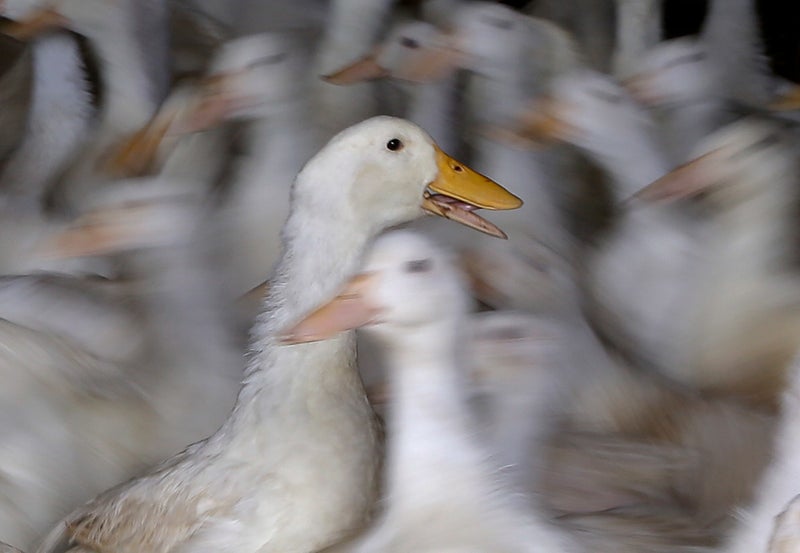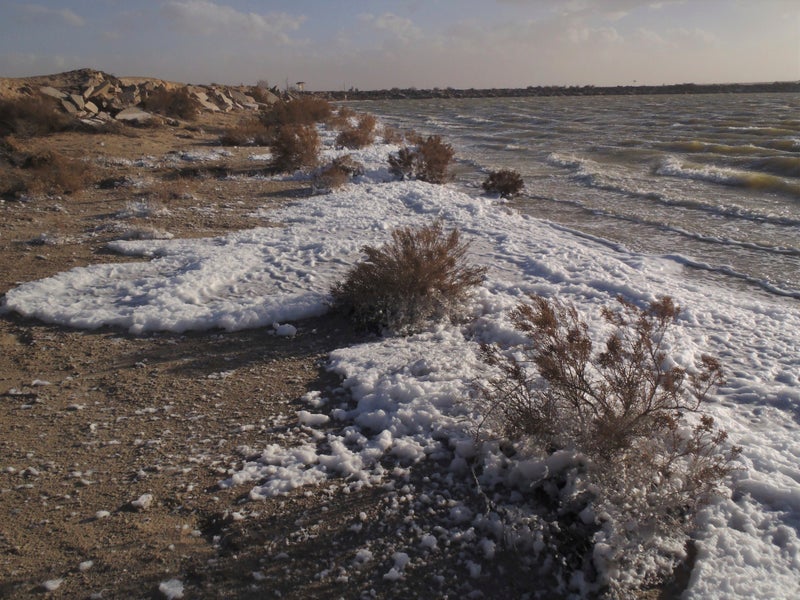H5N1 is not just a health emergency – it’s a chance to reflect on what makes us vulnerable
H5N1 is not just a health emergency – it’s a chance to reflect on what makes us vulnerable
Share:
Any barrier we think we can build between ourselves and the natural world is porous, what’s needed is a more holistic approach. Copy link. twitter. facebook. whatsapp. Avian influenza, which recently reached a new alert level in the United States, is not just a health emergency, it’s an opportunity for deep reflection on our vulnerabilities. Humans have always sought to separate themselves from the natural world, building physical and symbolic walls between what they consider “domestic” and “wild,” between the realms of animal and human health.
However, as recent developments have shown, these boundaries are not impermeable. H5N1 has the ability to jump from one species to another, as demonstrated by its transmission between birds, cattle and, in rare cases, humans. This interspecies transmission highlights how our environment and our daily interactions with animals, even in domestic settings, can serve as contact points for emerging pathogens.
The structure of modern life, with its urbanisation and close proximity between humans and animals, makes it easier than ever for these viruses to cross biological barriers. The US response to this emergency, with the declaration of a state of emergency in California late last month, should not be seen as a sign of panic, but rather as a mature approach to public health management. A health system’s resilience is built not only with facilities and material resources, but with a proactive mindset that responds promptly to warning signs.
Integrating prevention into health policies and agricultural management is critical to prevent such crises from spreading further. The emergency declaration reflects the realisation that, in a globalised world, a reactive and delayed response is often less effective and much more costly than a preventive response. The key message is that prevention is always more effective than a response to an emergency.
This means investing in safe agricultural practices, strengthening surveillance measures, and raising awareness of the importance of animal health and its connection to human health. Interconnected ecosystems require systemic management and a global view of health challenges. The “One Health” approach becomes crucial in such cases. It is a model that recognises the interconnectedness of human, animal and environmental health.
We can no longer afford to separate these aspects into watertight compartments, but must approach health as a complex system, where each element influences the other. Avian influenza is just one of the most visible examples of how this integrated view is necessary for an effective response. Every case of disease affecting animals has the potential to move up the food chain and affect human health, and vice versa.
A health system’s resilience is built not only with facilities and material resources, but with a proactive mindset that responds promptly to warning signs. While the current public health risk of avian influenza is low, health authorities maintain constant vigilance, aware that a virus like H5N1 could evolve in unpredictable ways. It is in the day-to-day management of emergencies that the character of a health care system is forged, prepared not only to respond but to prevent and mitigate harm.
The avian flu epidemic offers us a powerful lesson in the need to rethink our relationship with nature and other living things. The fundamental lesson this crisis offers us is that we can no longer consider ourselves separate from nature, as if we live in a separate world. Any barrier we think we can build between ourselves and the natural world is porous and easily crossed, and true security is not found in isolation, but in understanding and respecting the biological interconnections that bind us.
In this context, adopting a holistic approach to health, embracing the multidimensionality of ecosystems is more urgent than ever. Ultimately, bird flu, while posing a real threat, can also be an opportunity for reflection and renewed commitment to public health, understood not only as the absence of disease, but as a fragile and dynamic balance between humans, animals and the environment around us.






















